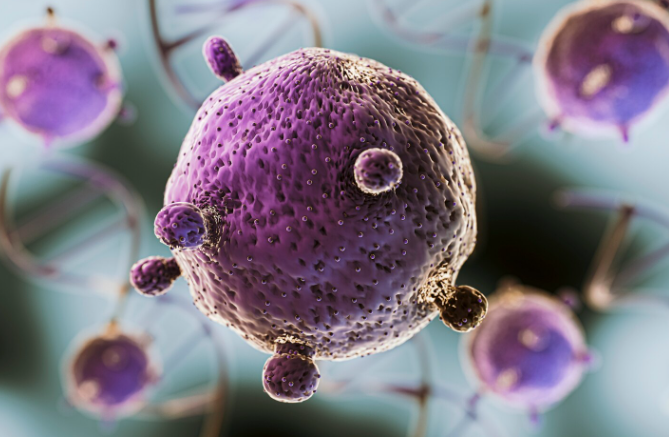Breathing is something we rarely think about until it becomes difficult. For people living with chronic respiratory conditions such as COPD, pulmonary fibrosis, or asthma, every breath can be a struggle. Traditional treatments help manage symptoms but often cannot repair the underlying damage in the lungs. This is where stem cell therapy is showing promise—as a regenerative approach that supports lung repair and improves overall respiratory health.
Why lung health is difficult to restore
The lungs are delicate organs made up of millions of tiny air sacs called alveoli, responsible for oxygen exchange. Chronic diseases damage these structures, reducing lung capacity and making it harder for the body to get enough oxygen. Because lung tissue regenerates very slowly, conventional treatments often focus on symptom relief rather than repair.
Stem cells, however, have the unique ability to stimulate regeneration and improve the environment within the lungs, offering hope for patients with limited options.
How stem cells can help
Stem cell therapy for lung health works through several mechanisms:
- Reducing inflammation: calming down chronic inflammation that narrows airways and damages lung tissue.
- Repairing tissue: supporting the regeneration of alveoli and blood vessels within the lungs.
- Immune modulation: balancing immune responses that often worsen respiratory conditions.
- Improving oxygen exchange: enhancing the lungs’ ability to transfer oxygen into the bloodstream.
Together, these effects can lead to better breathing, more energy, and an improved quality of life.
Conditions where stem cells are being studied
Research and clinical experiences suggest that stem cell therapy may provide benefits in:
- Chronic Obstructive Pulmonary Disease (COPD): reducing flare-ups and improving lung function.
- Pulmonary fibrosis: slowing the progression of scarring in the lungs.
- Asthma: easing inflammation and airway sensitivity.
- Post-COVID complications: supporting recovery for patients with lingering respiratory issues.
In our previous article about preventive medicine, we highlighted how stem cells help maintain resilience before illness strikes. For lung health, they serve as a restorative option for conditions where conventional therapies may not be enough.
What patients can expect
A typical lung-focused stem cell therapy involves collecting cells from the patient’s own body (autologous stem cells) or from carefully screened donors. These cells are processed and then delivered intravenously, allowing them to circulate and reach the lungs.
The procedure is minimally invasive, safe, and performed in a clinical environment. Patients may notice gradual improvements in breathing, stamina, and reduced flare-ups over the course of weeks or months.
Complementing existing treatments
Stem cell therapy is not a replacement for inhalers, oxygen therapy, or other prescribed medications. Instead, it works as a complement, aiming to enhance lung repair while patients continue with their standard medical care. The combination often leads to more effective symptom management and better long-term outcomes.
A step toward better breathing
For many patients, the greatest benefit is regaining independence—being able to walk longer distances, enjoy daily activities, and breathe more comfortably. While results vary, the regenerative potential of stem cells brings new hope for conditions once considered irreversible.
At Dr. Diego Hernández’s medical center, we offer stem cell therapy protocols designed to support lung and respiratory health. Our treatments aim to reduce inflammation, repair tissue, and improve breathing for patients living with chronic conditions. To learn more or to schedule a consultation, contact us at +57 311 797 0832 or write to info@drdiegohernandez.com.co. Take the next step toward easier breathing and a better quality of life with regenerative medicine.




